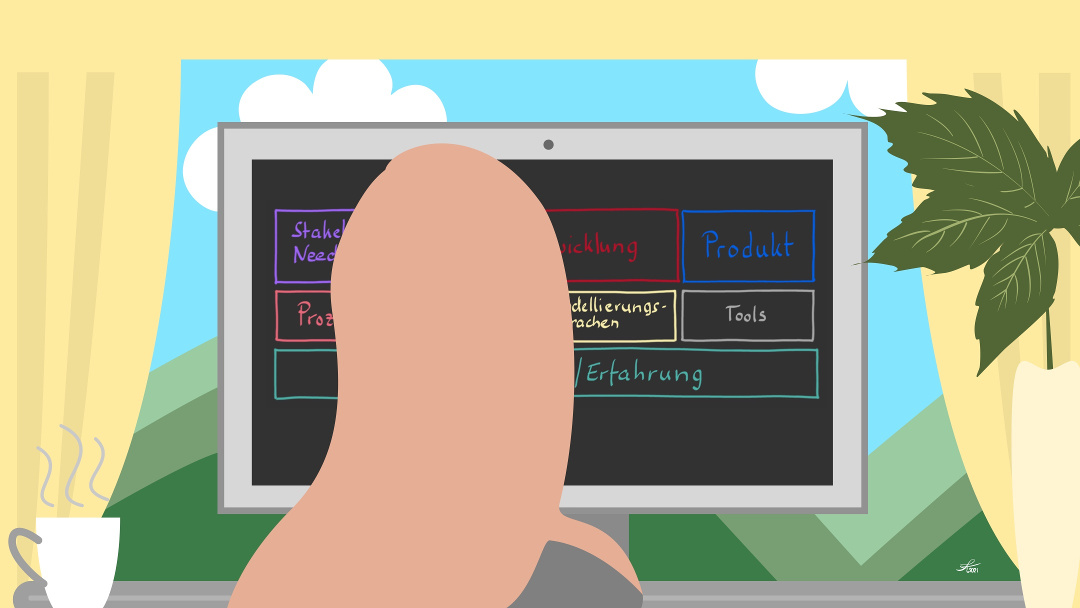Model-based Systems Engineering with SysML
This training covers Model-based Systems Engineering (MBSE) using SysML as it has been applied successfully in
practice. The acquired knowledge will enable you to develop products with less risks of: defects, increasing costs,
and increasing development time.
You will learn how processes, best practices methods in systems engineering, the OMG Systems Modeling
Language (SysML), modelling tools (e.g., SysML tools), simulation, mathematical tools, and requirements
management tools build a holistic unit to develop complex systems efficiently and successfully. This training is
focusing on application of best practices systems engineering methods in conjunction with SysML in order to define
stakeholder expectations, system requirements, system architecture and design, and transition to implementation.
You will recognise how the results of the MBSE approach — all SysML diagrams and their elements — are connected.
The contents of the training will always be clear, vivid, and real due to demonstrations provided. You will deepen
your knowledge with the help of a realistic and consistent training project including exercises with comprehensive
explanations of the results.
Organisation
Live online trainings are preferably offered.
In the live online training, a practice proven didactical approach is applied to ensure your learning success, the
training contents will be thoroughly developed with you in dialogue and on blackboards. No slides will be shown or
read aloud.
We are pleased to offer trainings specially tailored to your project needs.
Please send your enquiries to trainingsinfo@ottmar-bender.de
Audience
Participants with task assignments in product and system development or participants who wish to acquire
knowledge and skills in these fields (e.g., technical project leaders, system engineers, domain, and discipline experts).
Prerequisites
More than one year experience in the field of product or system development is beneficial. Knowledge in SysML is
not required.
Lecturer
Ottmar Bender, long-term experienced in aerospace industry, focused on introducing, training, coaching, consulting,
and applying MBSE in major projects with international teams.
Contents
Three days, from 9.00 a.m. – 17.00 p.m.
- Introduction to MBSE
- Introduction to classical systems engineering
- Introduction to MBSE and added value of MBSE
- Connection of MBSE to Architecture Frameworks (e.g., UAF) and Model-based Engineering (MBE)
- Modelling languages and models
- MBSE Framework
- Definition of stakeholder expectations
- Methods to elicit stakeholder needs
- Define stakeholder needs with SysML
- Operational Concept (OpsCon)
- Methods to analyse the system context
- Analysis of the system context with SysML
- Definition of use cases and scenarios with SysML
- Methods to define stakeholder expectations
- Connection of requirement management tools to SysML tools
- Definition of system requirements
- Methods to elicit system requirements
- Characteristics of good requirements
- Selected kinds of system requirements
- Methods of functional analysis
- Definition of system functions and their interaction with SysML
- Linkage (traceability) of the results with SysML
- Definition of system architecture
- System architecting methods
- Characteristics of good system architectures
- System architecture views
- Differences between system architecture and system design
- Definition of system structure and properties with SysML
- Allocation of system functions to system elements with SysML
- Deduction and definition of system interfaces with SysML
- Description of system elements’ interaction with SysML
- Definition of system state-behaviour with SysML
- Definition of critical system parameters with SysML
- Modelling of system’s parametrical relationships with SysML
- Validation of requirements and assumptions by solving system’s parametrical relationships with SysML and mathematical tools
- Transition to implementation
- Hand-over of system models to the engineering disciplines
- Transition of MBSE to software development
- 5. Extension of SysML
- Profile for MBSE
- Summary
- Summary of MBSE’s results across system layers
- Lessons Learned from applying MBSE
- Outlook at current MBSE trends
© , Ottmar Bender Impressum Datenschutzerklärung Haftungsausschluss


















